Google Android
Something To Desire Just Around The Corner
Jul 23rd
Though we still don’t have any confirmed launch dates, our friends at MobileSyrup received this picture of the HTC Desire dummy phone which just arrived in select retail locations.
The device is a beauty to say the least, running Android 2.1 with HTC Sense, and a possible 2.2 upgrade in the near future, It also has a 3.7 inch LCD display, 1GHz Snapdragon processor, and a 5 MP camera with flash. Stay tuned for official release info in the coming days!
[Via Mobile Syrup]
Follow me on twitter
Android 2.1 clears half of all Android devices, Froyo creeps up
Jul 21st
| Platform | API Level | Distribution |
|---|---|---|
| Android 1.5 | 3 | 18.9% |
| Android 1.6 | 4 | 22.1% |
| Android 2.1 | 7 | 55.5% |
| Android 2.2 | 8 | 3.3% |
Every month, Google’s Android developers’ forum releases the latest breakdown of Android user distribution based on downloads from the Marketplace. This month, things are looking pretty rosy for Android 2.1, and the upcoming Android 2.2 OS, which was recently released on the Nexus One, and soon on the Droid 2 and Droid X.
Android 2.1 has risen to 55% market share, making it the clear majority holder. The nice thing about it, too, is how quickly it has risen to that spot. Check out the break for the breakdown distribution over time.

Samsung Developing Flexible, “Unbreakable” AMOLED Displays
Jul 20th
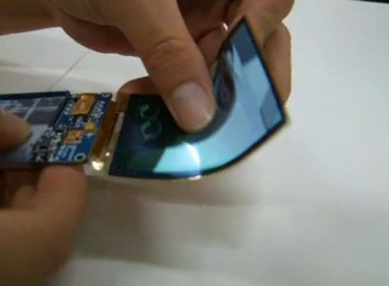 It looks like Samsung is taking to task the problem of broken screens in mobile devices with the development of flexible AMOLED screens. They have given one of these screens a beating (literally) and it seems to hold up quite well, especially when compared to a “normal” screen. The biggest problem with the idea of a flexible display is that unless the digitizer—the component which overlays the screen and actually registers touch input—is flexible, it will still be easily broken if the device takes a hard fall. The worst thing is, the digitizer is what makes Samsung’s SuperAMOLED displays so super. Who knows if the same results could even be achieved if the digitizer were flexible. We’ve got the screen-smashing footage queued up for you after the break.
It looks like Samsung is taking to task the problem of broken screens in mobile devices with the development of flexible AMOLED screens. They have given one of these screens a beating (literally) and it seems to hold up quite well, especially when compared to a “normal” screen. The biggest problem with the idea of a flexible display is that unless the digitizer—the component which overlays the screen and actually registers touch input—is flexible, it will still be easily broken if the device takes a hard fall. The worst thing is, the digitizer is what makes Samsung’s SuperAMOLED displays so super. Who knows if the same results could even be achieved if the digitizer were flexible. We’ve got the screen-smashing footage queued up for you after the break.
[Via OLED-Display.net]
If A Droid and Palm Pre Had An Affair…This Would Be The Result
Jul 19th

I am not sure why, since the failure of the Palm Pre, other manufacturers seem to want to make portrait slider phones in the same vein.
Either way, this “Droid Mini’ as it is being nicknamed, will be of a CDMA variety, and is rumored to hit Verizon in the near future. Other than the portrait slide and the glaring red Android eye, there isn’t much to go on specs wise.
Maybe for the next leak, the specs will have a smudge on them, making them as easy to read as this picture is to see.
[via Androidandme]
Follow me on twitterBell To Get HTC Wildfire? Say It Ain’t So!
Jul 19th
Bell, what are you doing? You already have the best low-spec Android phone on the market in the HTC Legend! What’s the point of introducing an even lower-spec Android 2.1 device in the Wildfire? The Legend is $79.95 on a 3-year term, and is almost the perfect marriage of size, power and epic aluminum. The Wildfire is like the stunted, ugly sister to the Legend.
But I digress. They must have a reason for showing the phone in a recent internal document (Act-celerate your Sales. Wow, Bell, can you be any lamer?). And if they do decide to introduce it, perhaps the Wildfire could intro at $0 post-paid, or even be eligible for pre-paid.
The Wildfire has the same 528MHz Qualcomm MSM7225 processor as the HTC Magic which was introduced over two years ago. It’s 3.2″ 320×240 screen is a tad low-res for my tastes, but certainly fits well with the small stature of the phone. It has a decent 384MB RAM, also adequate for the smaller texture sizes that have to be loaded into RAM. It’s topped off with a 5MP camera with LED flash. So clearly the phone has some legs. It’s also cute and small for the ladies.
I do hope it finds a home in some Canadians’ pockets, but Bell should be focusing more on bringing high-end Android devices to these shores. K? Thanks.
(via AndroidGuys)
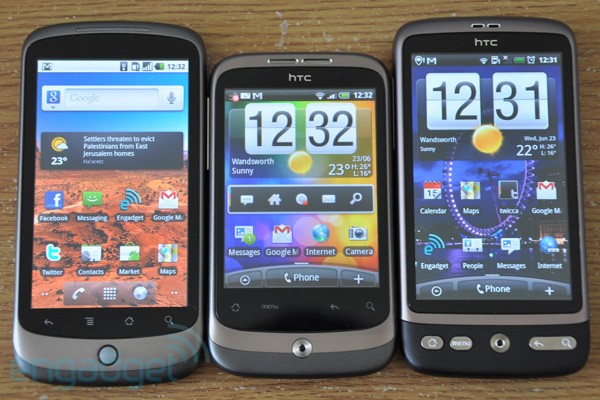
Google’s Nexus One Discontinued. Wherefore Art Thou, Open Android?
Jul 19th
So today the last shipment of Nexus One devices were delivered to Google. Once the inventory runs out, that’s all she wrote for the now-famous direct-buy, no-carrier phone. For its time, the phone’s specs were some of the best ever seen, and really still have not been far eclipsed in the seven months since its online-only release.
The beauty of the Nexus One was in its flexibility and the ease in which it could be hacked to its owner’s content. The open bootrom, in layman’s terms, meant that should you find the stock OS insufficient, a couple lines on a command prompt later you could potentially load any number of user-designed OS’s based on Google’s AOSP (Android Open Source Project). One of the more famous ones now is CyanogenMOD, which is a group project to bring many custom improvements, both visual and performance-wise, to the platform.
The business model was not without its detractors, however. To purchase the phone was to buy it outright (except through T-Mobile): it came unlocked for any carrier, you just chose the radio inside the phone (for T-Mobile/WIND or AT&T/Rogers/Bell/Telus). For $529, this was not the cheapest option, but the fact that there was no contract that needed to be signed. In a sense, the phone, once purchased, was about as free and open as you could possibly imagine.
But the experiment didn’t work: Apple sold millions of iPhones in the time that Google sold only 135,000 Nexus One devices. Perhaps people in the United States just weren’t comfortable buying a phone outright; their allegiances to the subsidized carrier prices were too strong. And what’s a two-year contract in the long run? For me, it’s two years too long.
So now what? What happens to open Android? Where does one go to get his hackable Froyo? For all we’ve heard about Motorola making it practically impossible to hack its new Droid X phone, the move seems to be away from the open concept of Android and into the OEM-controlled UI changes and awful pre-loaded junkware of AT&T and Verizon. When we purchase a phone, we should have the right to remove programs we don’t want and don’t need. But the carriers feel that with their subsidies they have the right to lock down the devices we buy. It’s ludicrous.
So the Nexus One may go down as a failure in Google’s pocketbooks. But the community that has derived from its open nature is far more important. Thousands of people band together on forums like XDA-Developers to try and crack the problems that Google couldn’t. No 720p video recording? No problem. Battery life getting you down? Install a custom Linux kernel. It’s all possible with the Nexus One, and my fear is that in the future Google will be too scared to pursue the same results with a different phone.
The Nexus One will still be sold via Vodafone in Europe, KT in South Korea, and perhaps some other vendors. But when the inventory runs out on Google.com/phone, it will be the end of an era. I don’t think we have to worry about the success of Android as a platform: the Droid X and Droid Incredible are still out-selling most other smartphones in the US, and Android was the only platform to gain users in the Feb-May time period. But for open Android, it’s a different story.
(via ReadWriteWeb)

This Week in Android 4/11-4/17
Jul 17th
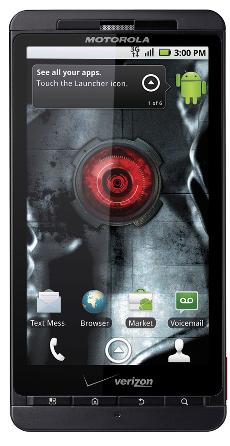 It was kind of a slow week for the Android community with the iPhone signal issues and press conference stealing most of the spotlight. Still, we had two highly-anticipated device launches this week-the Motorola Droid X and the Samsung Vibrant. The Droid X and the Samsung Vibrant launched Thursday the 15th for Verizon and T-Mobile respectively, each priced at a dollar short of two benjamins with a two-year agreement. With the launch of the Droid X there was a lot of hubbub surrounding Motorola’s inclusion of an eFuse chip which could potentially halt hackers’ attempts to unlock the bootloader. It still isn’t confirmed that the eFuse will actually brick the phone if it’s meddled with. Even Motorola’s highly-hackable original Droid had the same eFuse chip onboard though it wasn’t implemented to stop modification of the software.
It was kind of a slow week for the Android community with the iPhone signal issues and press conference stealing most of the spotlight. Still, we had two highly-anticipated device launches this week-the Motorola Droid X and the Samsung Vibrant. The Droid X and the Samsung Vibrant launched Thursday the 15th for Verizon and T-Mobile respectively, each priced at a dollar short of two benjamins with a two-year agreement. With the launch of the Droid X there was a lot of hubbub surrounding Motorola’s inclusion of an eFuse chip which could potentially halt hackers’ attempts to unlock the bootloader. It still isn’t confirmed that the eFuse will actually brick the phone if it’s meddled with. Even Motorola’s highly-hackable original Droid had the same eFuse chip onboard though it wasn’t implemented to stop modification of the software.
We also got word that the Motorola Droid is nearing its end of life. If the Droid X proves to be too much for Android modders then the Droid may be the last truly open Motorola handset we see. Time will only tell if rooting the Droid X will be a reality, but I have a feeling nothing will stop the Android community from opening up this phone. Check out this week’s Android news after the break.
Will the Droid be Motorola’s last hackable phone?
Motorola Droid, Droid Devour, and BlackBerry Tour End of Life Imminent

Will the Droid be Motorola’s last hackable phone?
Jul 16th
Here comes the cavalry. According to a leaked doc from the Droid-Life forums, the first and perhaps only moddable Motorola Verizon handset is going bye-bye. If that is true, and as a result the phone is discontinued to make way for the Droid 2, it is likely that the Droid will become somewhat of a collector’s item amongst Verizon users looking to mod their devices.
Though, in reality, if you haven’t picked up a Droid yet, you probably never will. Since the Droid X was released yesterday, and is much more appropriately named, I feel like most people won’t miss the device too much.
There is a possibility, however, that Google would have asked Motorola not to lock down the bootloader on the Droid 2 as well. But since the direction Motorola is going seems to be once of draconian eFuse domination, I doubt that’s going to actually happen. But what of the legacy of the Droid? It’s important to know that Motorola has vigilantly prevented users from hacking their phones, encrypting the bootloader and threatening to brick the phone if the user tries to mess with it. While the eFuse technology is not confirmed to actually brick the phone, the momentum has already left Motorola getting defensive. They’ve already claimed that if you want to buy a hackable phone, get it from another manufacturer.
I like Motorola’s phones. I think they make good hardware and they don’t try to screw up the user experience too much. There is something to be said for a company that learns from its mistakes. But this bootloader issue doesn’t seem to be a mistake. It’s a calculated business decision, and it doesn’t seem to be going anywhere. I am disappointed in the company, though not really surprised.
Let’s hope Google coerces Motorola to keep the bootloader hackable on the Droid 2. I don’t think it will happen, but it’s been a hot summer and magic may still strike.
Motorola Droid, Droid Devour, and BlackBerry Tour End of Life Imminent
Jul 16th
 There was no surprise that RIM’s BlackBerry Tour was hitting its end of life soon seeing how it’s been replaced by the BlackBerry Bold 9650 (see our review here) which is now out for both Sprint and Verizon. Through an image posted by DroidForums.net we see that the much-loved Motorola Droid and the less favorable Droid Devour are also getting the boot soon. Obviously Verizon is making some room in their lineup for the Droid X and the original Droid’s successor, the Droid 2.
There was no surprise that RIM’s BlackBerry Tour was hitting its end of life soon seeing how it’s been replaced by the BlackBerry Bold 9650 (see our review here) which is now out for both Sprint and Verizon. Through an image posted by DroidForums.net we see that the much-loved Motorola Droid and the less favorable Droid Devour are also getting the boot soon. Obviously Verizon is making some room in their lineup for the Droid X and the original Droid’s successor, the Droid 2.
It’s a sad thing to hear. The Motorola Droid is without a doubt, the device that truly put Android into the hands of mainstream consumers. Sure people had G1s and MyTouch 3Gs, but until the Droid hit the scene most people (especially CDMA users) had no idea what Android was. We salute you Motorola Droid. Thank you for raising the bar and putting Android into tons of consumers’ hands.
You can still buy the Motorola Droid of course, in fact you can still get one free with every one you buy on contract. However, this won’t last forever as the production of Droids has likely stopped or is currently grinding to a halt.
[Via DroidForums.net]

Holy Android - Modding Kills Droid X’s!
Jul 15th
What a disturbing piece of news. Apparently, one of the crowning achievements in Android ownership is being brutally disabled in the new Droid X. It’s called “eFuse.” If a verification fails, it sends a command to corrupt the freaking boot process - permanently bricking the phone. To fix it? Why, it requires a hardware repair by Motorola. So this means, no special ROMS — heck, maybe sideloaded apps will trigger this thing.
To the average user, this presents no problem. To the geek that wants to trump iPhone people, stay away. Thankfully, the nature of Android means you’ve got options. While it’s too early to be worried, I’d at least be wary of this becoming a trend. While there will likely be an “open” option from x manufacturer, it may not be the best phone on the market if this continues. Assuming this permeates and affects all Android devices - would they still be worth using? Looks like Droid Doesn’t.
via MobileCrunch

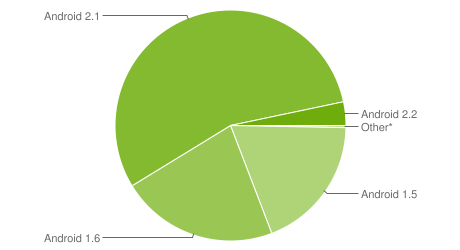
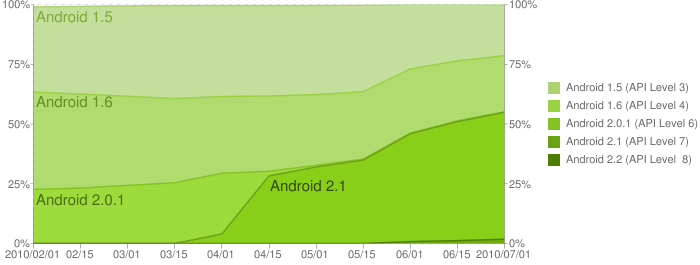
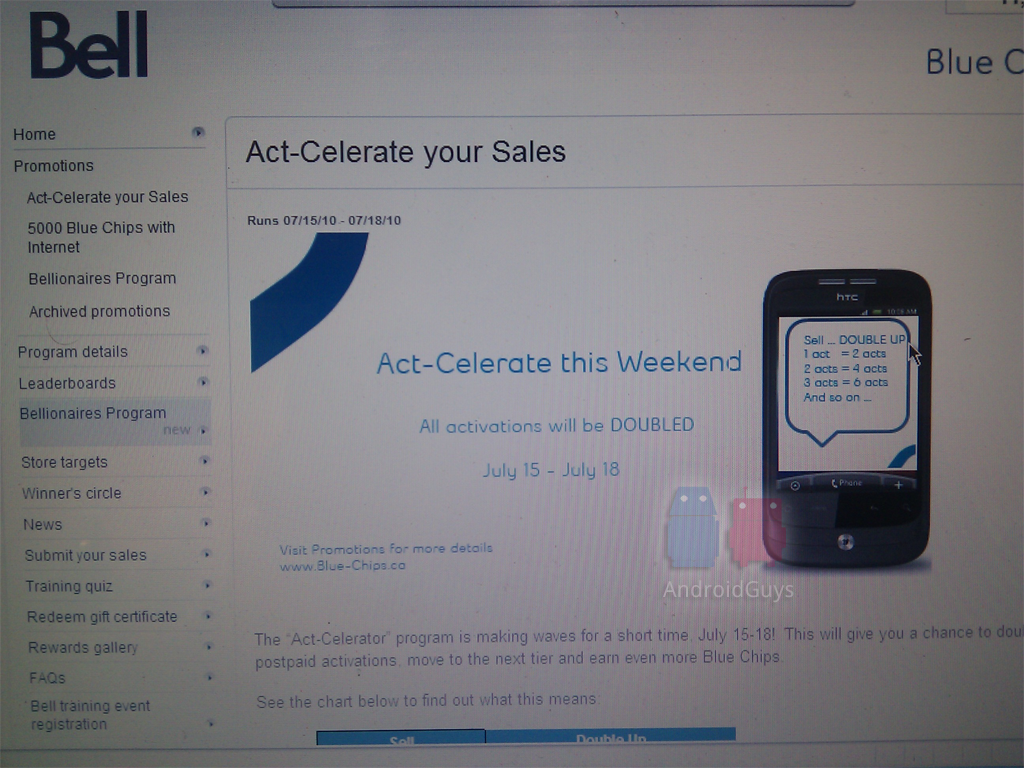
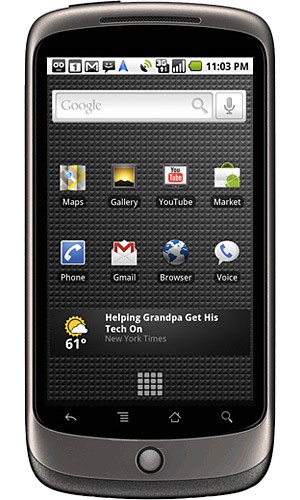
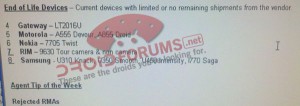
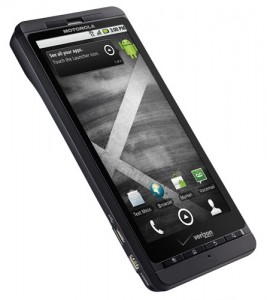





Interact With Us